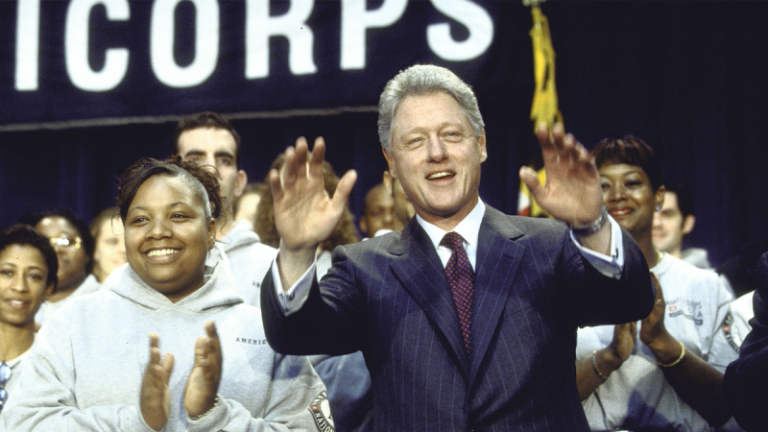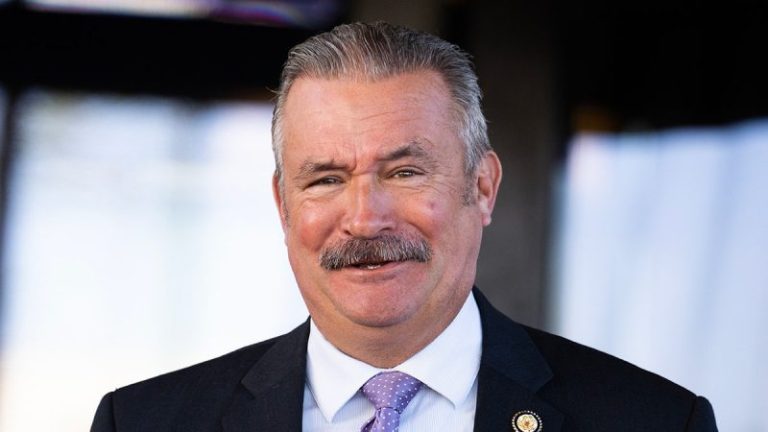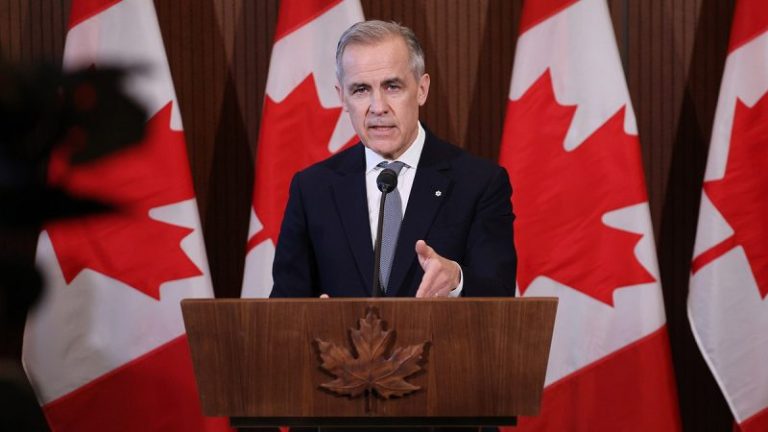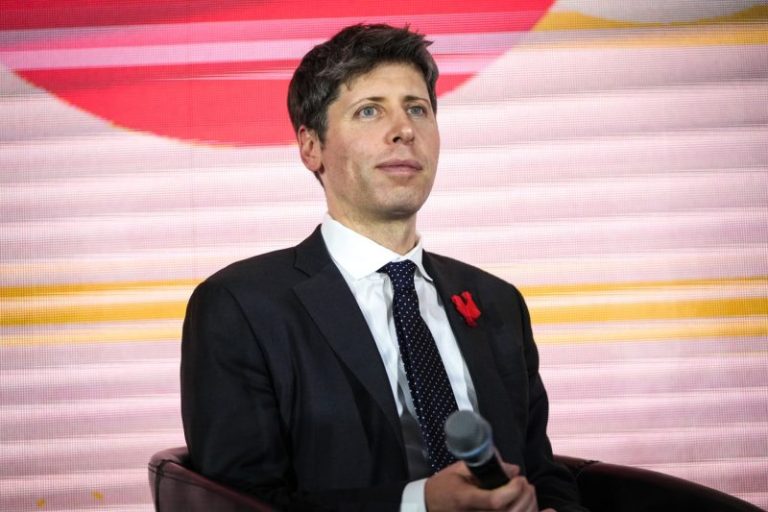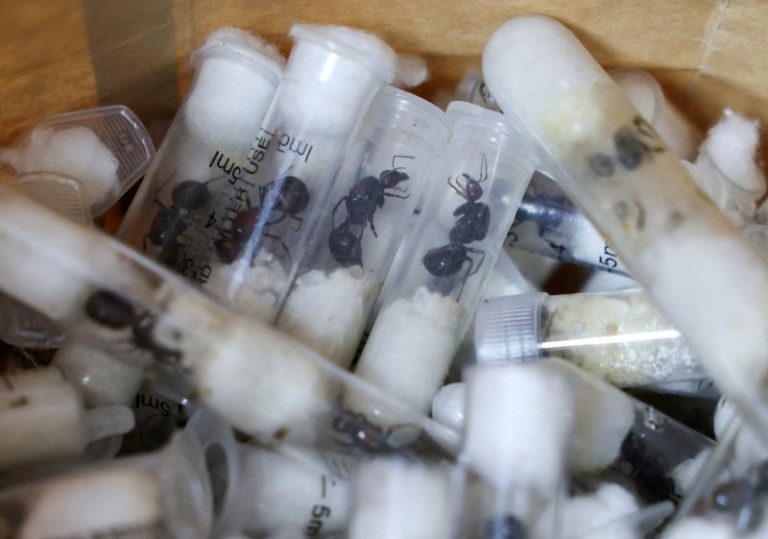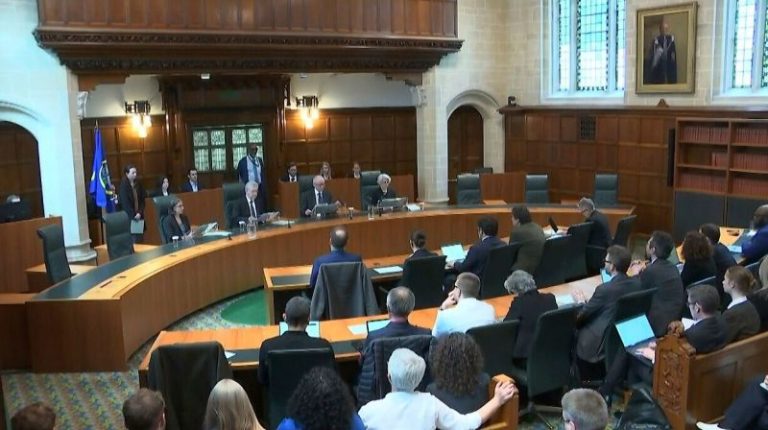The Trump administration placed roughly 75% of full-time AmeriCorps employees on administrative leave on Wednesday as the administration looks to rebuild the Clinton-era volunteer agency from scratch, Fox News Digital learned.
A total of 535 full-time AmeriCorps employees out of the agency’s 700 staff were placed on leave, an administration official confirmed to Fox News Digital Thursday.
Volunteers with AmeriCorps’ National Civilian Community Corps, a program that focuses specifically on volunteer opportunities for youth between the ages of 18–26, were preemptively pulled out of the field ahead of the Trump administration placing the agency’s full-time staffers on leave Wednesday, Fox Digital learned. Roughly $250 million in AmeriCorps contracts have also been canceled.
AmeriCorps is expected to remain in existence, according to the admin official, but the operations will essentially restart from scratch.
Former President Bill Clinton created the AmeriCorps National Service Program in 1993, during his first year in office, as a volunteer arm of the government to help aid communities nationwide.
The agency has received roughly $1 billion in taxpayer funds every year, the House Higher Education and Workforce Development Subcommittee previously found, but had failed eight consecutive audits across the past decade.
‘Unfortunately, AmeriCorps has a long history of abusing taxpayer dollars,’ chair of the House subcommittee, Republican Utah Rep. Burgess Owens, said in a statement in December 2024.
‘AmeriCorps is entrusted with over $1 billion of taxpayer funds every year, with the result of failure of eight consecutive audits,’ he continued. ‘In 2023, the AmeriCorps Inspector General issued a ‘Management Challenges’ report detailing significant challenges AmeriCorps faces. This includes being unable to detect fraud. We have no real idea when AmeriCorps will be able to have a clean audit again. In fact, this year’s audit includes 78 recommendations still open, even after AmeriCorps said it addressed 20 last year.’
Fox News Digital examined AmeriCorp’s budget in recent years and found its 2023 fiscal year budget stood at $1,312,806, which included $99,686,000 in expenses and salaries, while fiscal year 2024 saw a budget of $1,262,806, which included the same figure for expenses and salaries. The Biden administration proposed a budget of $1,342,093,000 for fiscal year 2025.
The agency’s annual management report for fiscal year 2024 showed that it had $3.7 billion in assets, including over $1.5 billion in investments.
Diversity, equity and inclusion and climate change initiatives have been a top priority for the volunteer-focused agency, with the 2024 annual management report identifying ‘advancing racial and economic equity’ as one of its top priorities, Fox Digital found.
‘AmeriCorps has a decades-long commitment to advancing racial and economic equity through national service and volunteering,’ the report stated. ‘These efforts are designed to expand pathways to opportunity for all Americans. Racial and economic equity will be central to AmeriCorps’ planning and implementation of all priorities, ensuring AmeriCorps members and volunteers reflect the diversity of the American people and the communities in which they serve.’
Owens said in 2024 that while some of the agency’s programs are ‘well-intentioned,’ taxpayers should not continue funding the office and called for it to land on the Department of Government Efficiency’s chopping block.
‘It makes no sense to expand this agency or give it more money when it continuously fails to meet basic accountability standards,’ he said. ‘Every time its representatives come before this Committee, AmeriCorps assures us that they will implement reforms, and year after year nothing changes. We can tell AmeriCorps to modernize and reform until we are blue in the face, but nothing will change unless we recognize the system is built on a flawed idea. It is time to admit that this is a failed program that needs a complete overhaul or elimination. It should be on DOGE’s chopping block.’

